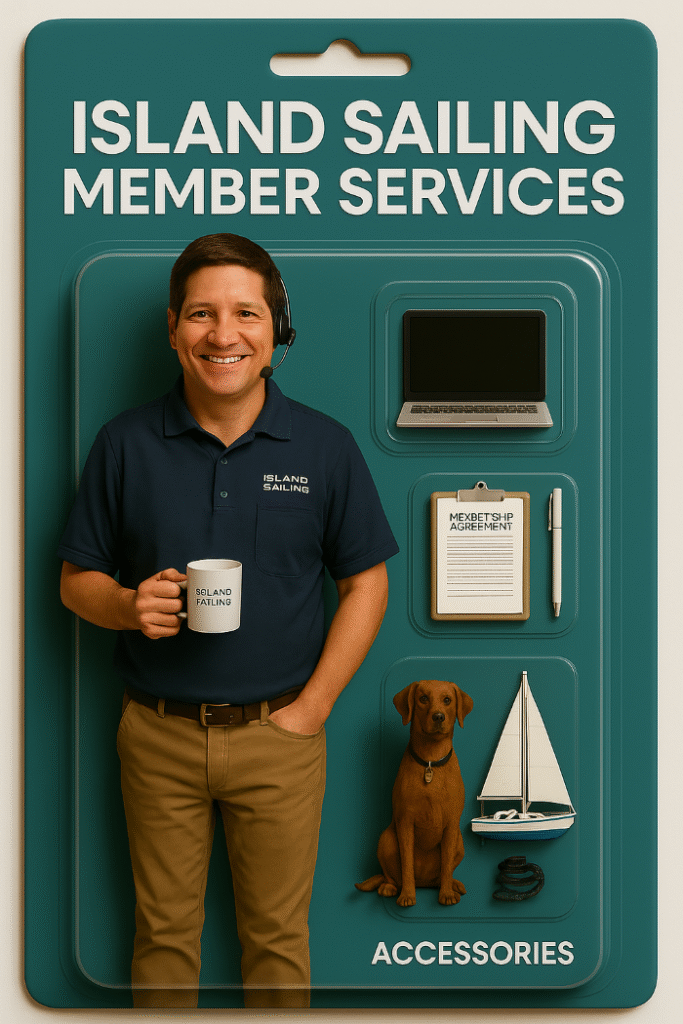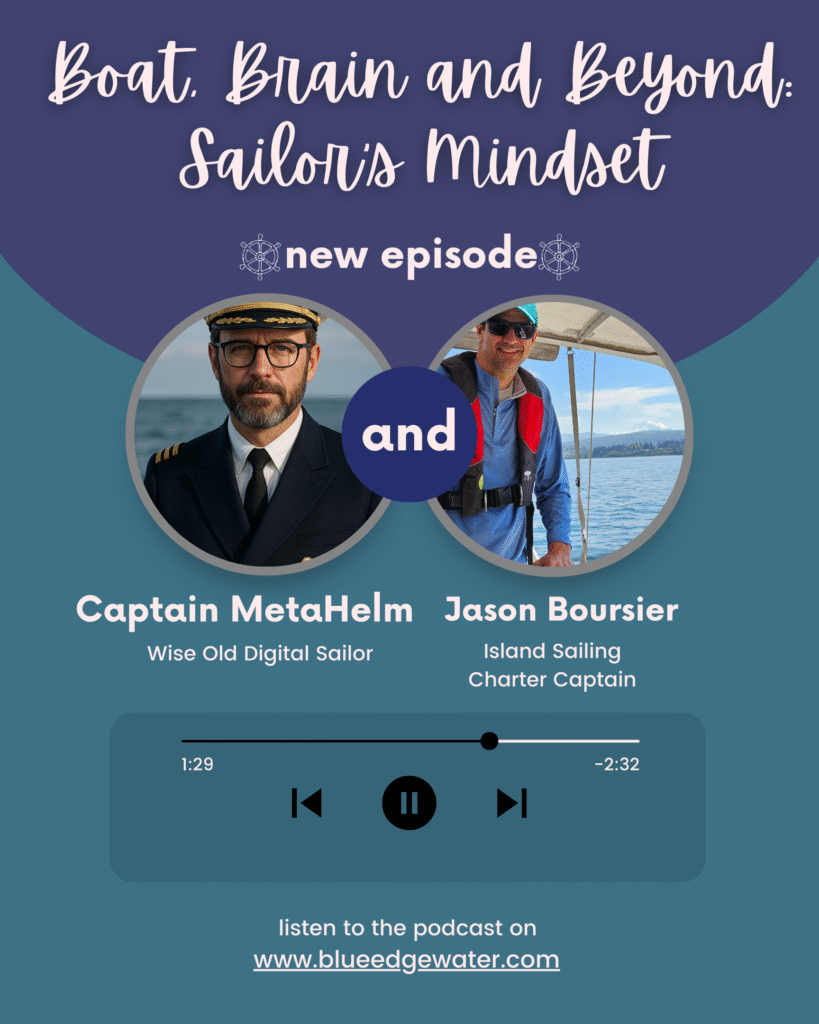When I began this course, I didn’t have a clear set of expectations. At first glance, the syllabus suggested a continuation of the digital badges I had already been progressing through on my own. I had assumed these were more of a supplemental opportunity, not central to the coursework itself. But I’m glad I was wrong.
The badge activities ended up being a refreshing change of pace following a stretch of particularly demanding classes. They gave me room to breathe, explore new tools, and focus on hands-on creative work. The video production badge in particular pushed me into using Camtasia—something I’d been curious about but hadn’t yet committed to learning. Through that process, I uncovered capabilities I didn’t know the tool had, and more importantly, I identified key areas I need to strengthen as I move further into my instructional design career. (That said, Canva’s new video editing tools still hold a special place in my workflow!)
Check out this Storyboard I created with the new GPT 4o image maker and Canva. I wanted to make an easy to read storyboard for my VLOG and consider it another design success:

With all the tools I was using in this course, one major realization during my studies this semester was how fast today’s tech tools evolve. It feels like there’s an AI arms race when it comes to collaboration features. I’ve come to accept that chasing every new trend isn’t sustainable—or wise. What is valuable is finding a personal workflow that’s flexible, efficient, and aligned with my goals. This course helped me do exactly that!
My biggest takeaway? Tech tools don’t design learning experiences—instructional designers do.
No matter how impressive the software, its effectiveness relies on our ability to shape meaningful, iterative, and feedback-informed content. Instructional design is not a solo pursuit. You need your tribe. A peer or teammate who offers honest, even minor feedback can completely reshape your approach. For example, a group partner pointed out a few design inconsistencies on my website. Once I adjusted them, the user experience dramatically improved.
Another lesson I’ll carry forward is the power of stepping back. It’s easy to get tunnel vision when you’re immersed in a project, chasing perfection. But at some point, you have to pause and ask: Is this good enough to move forward? Perfection isn’t the goal—progress is.
If I could offer one constructive critique, it’s that I wish the course had gone further in bridging creative projects with real-world instructional design problems. For instance, I produced a podcast rooted in my passion for sailing and leadership training. While I’m proud of it, I’m still wondering—how do I frame this as a viable learning tool in a corporate or workplace setting? How can it align with clear outcomes beyond being an impressive artifact in my portfolio? I suppose, as the old saying goes: If it is to be, it’s up to me.

Moving forward, I plan to take this momentum and build on it by sharpening my ability to connect engaging content with measurable goals that support performance outcomes. That’s the sweet spot where creativity meets impact—and that’s where I want to thrive as a learning designer.

To anyone else on this journey: keep learning, stay open to feedback, and never stop exploring how your work can make a real impact.
Let’s go make something great.


Leave a Reply
You must be logged in to post a comment.